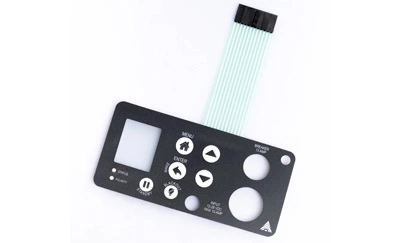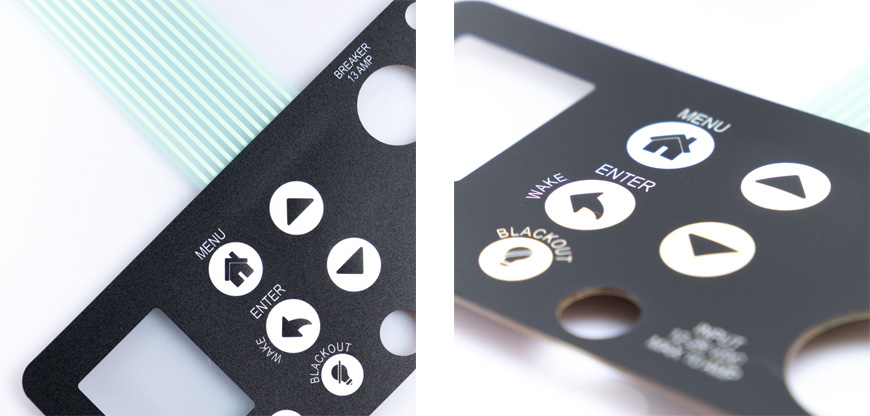
In the world of user interface design and electronics, graphic overlays and membrane switch finishing play a pivotal role in ensuring functionality and aesthetics. These components are essential for various industries, including medical devices, automotive applications, and consumer electronics. In this article, we will delve deep into the world of graphic overlays and membrane switch finishing, exploring their significance, manufacturing processes, design considerations, and more.
Graphic overlays and membrane switches are integral components in electronic devices, serving as the interface between the user and the equipment. These components are typically found in control panels, keypads, and touchscreens.
Graphic overlays are thin, durable sheets made from materials such as polyester or polycarbonate. They are designed to protect the underlying components and provide a visually appealing surface for user interaction. Graphic overlays can be customized with graphics, icons, and text to enhance the user experience.
There are various types of graphic overlays, including:
Flat Graphic Overlays: These overlays have a flat, smooth surface and are often used in applications where aesthetics and ease of cleaning are essential.
Tactile Graphic Overlays: These overlays have embossed or domed features that provide tactile feedback to users when pressed.

Membrane switches are a type of user interface that consists of several layers, including graphic overlays, adhesive layers, and circuitry. They are known for their flexibility and versatility in various applications.
How Membrane Switches Work
Membrane switches work by using pressure-sensitive conductive elements to complete an electrical circuit when a user applies pressure to the overlay. This action sends a signal to the device, triggering a specific function.
The manufacturing of graphic overlays involves several steps, including:
Material Selection: Choosing the appropriate material based on the application's requirements, such as durability and resistance to environmental factors.
Printing: Applying graphics, icons, and text using techniques like screen printing, digital printing, or embossing.
Die Cutting: Cutting the overlay into the desired shape and size.
Manufacturing membrane switches is a more complex process that includes:
Circuit Design: Creating the conductive pathways on the flexible substrate using methods like screen printing or etching.
Layer Assembly: Bonding the layers together, including the graphic overlay, spacer layers, and adhesive layers.
When designing graphic overlays and membrane switches, several factors must be considered:
Ergonomics: Ensuring that the layout and design of the overlay or switch are user-friendly and comfortable for the intended users.
Aesthetics: Creating an appealing visual design that aligns with the overall product aesthetics.
Environmental Conditions: Selecting materials that can withstand the environmental conditions the device will be exposed to, such as moisture, chemicals, or UV radiation.
Abrasion Resistance: Choosing materials that resist wear and tear, especially in high-use applications.
Graphic overlays and membrane switches find applications in various industries:
Patient Monitors: Graphic overlays and membrane switches are used in medical equipment for patient monitoring, ensuring accurate data input and user interaction.
Dashboard Controls: Membrane switches are commonly found in the automotive industry, providing control and interface solutions for car dashboards.
In conclusion, graphic overlays and membrane switch finishing are critical components in electronic devices, serving both functional and aesthetic purposes. Understanding their significance, manufacturing processes, and design considerations is essential for creating successful products in various industries.
What materials are commonly used for graphic overlays?
Graphic overlays are often made from materials like polyester and polycarbonate.
How do membrane switches provide tactile feedback to users?
Membrane switches use embossed or domed features on the graphic overlay to provide tactile feedback when pressed.
What is the main purpose of a membrane switch?
The primary purpose of a membrane switch is to complete an electrical circuit when pressure is applied, triggering a specific function.
Are graphic overlays and membrane switches customizable?
Yes, both graphic overlays and membrane switches can be customized with graphics, icons, and text to meet specific design requirements.